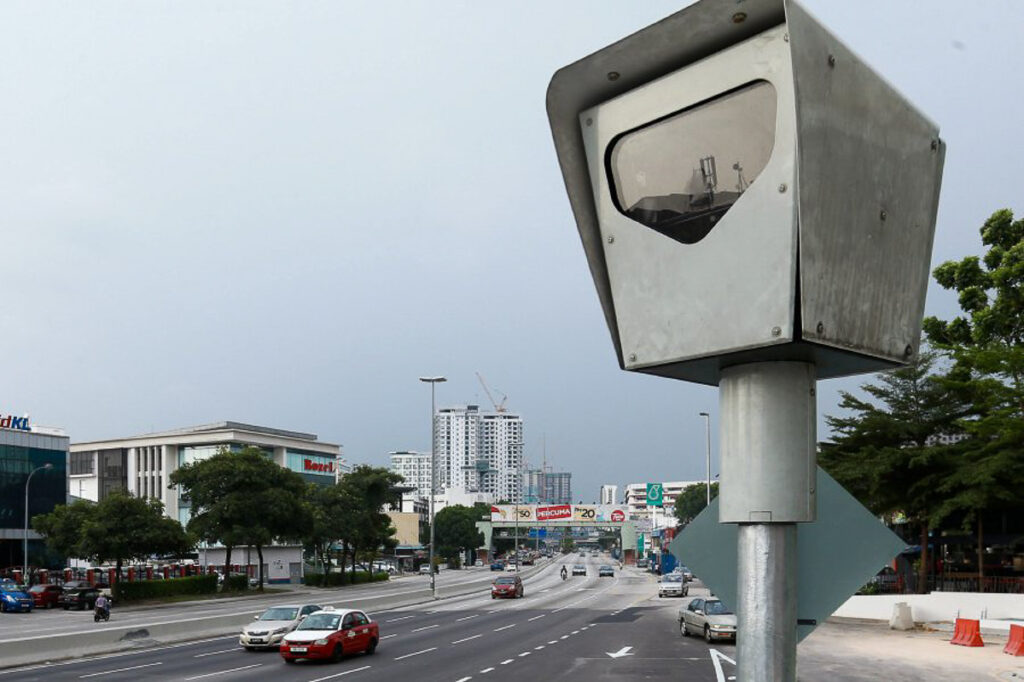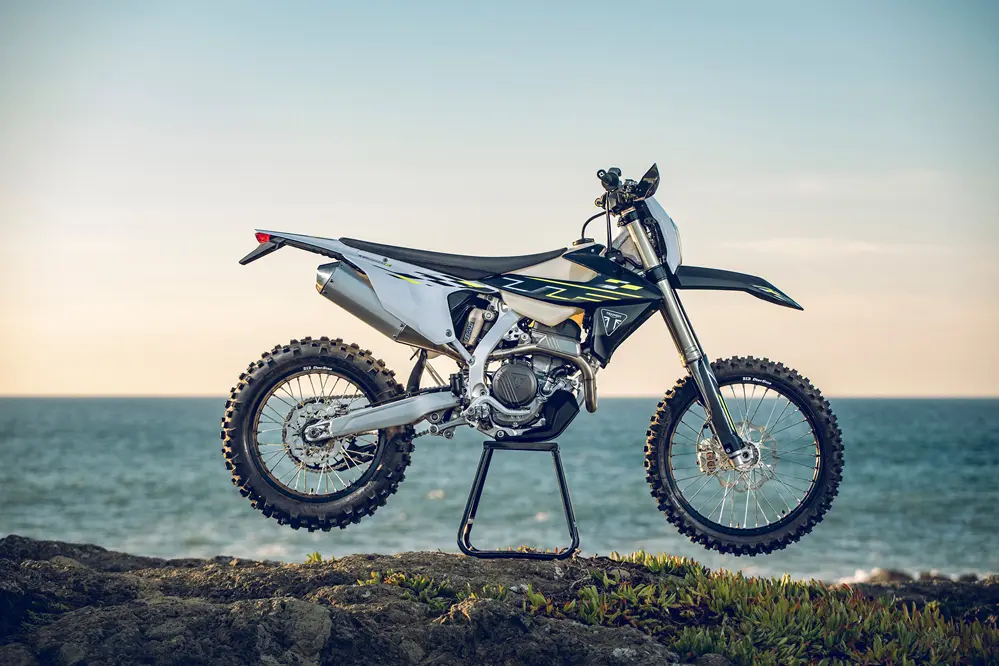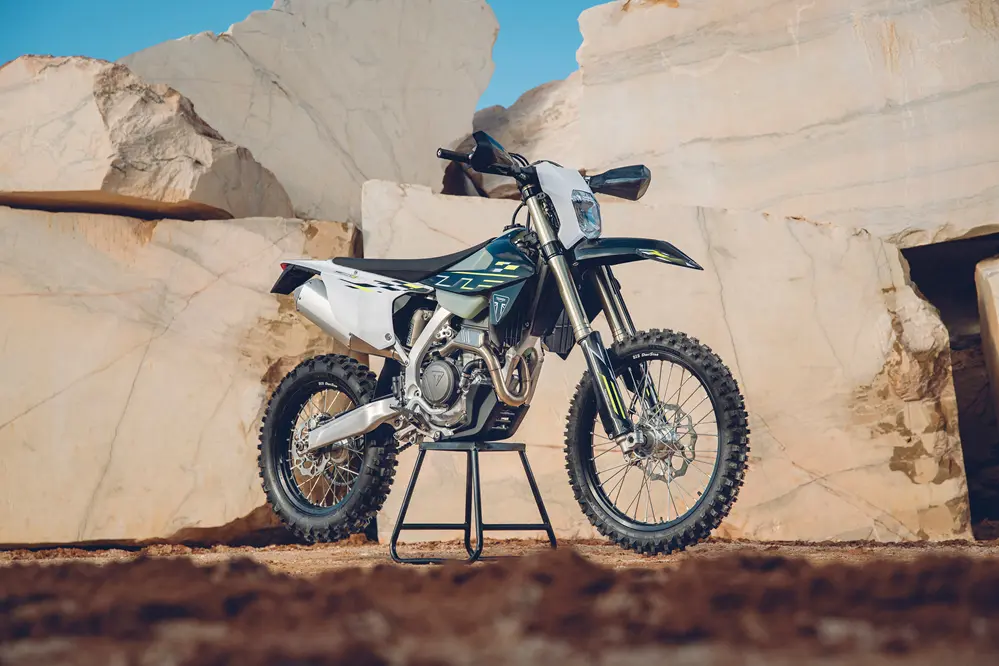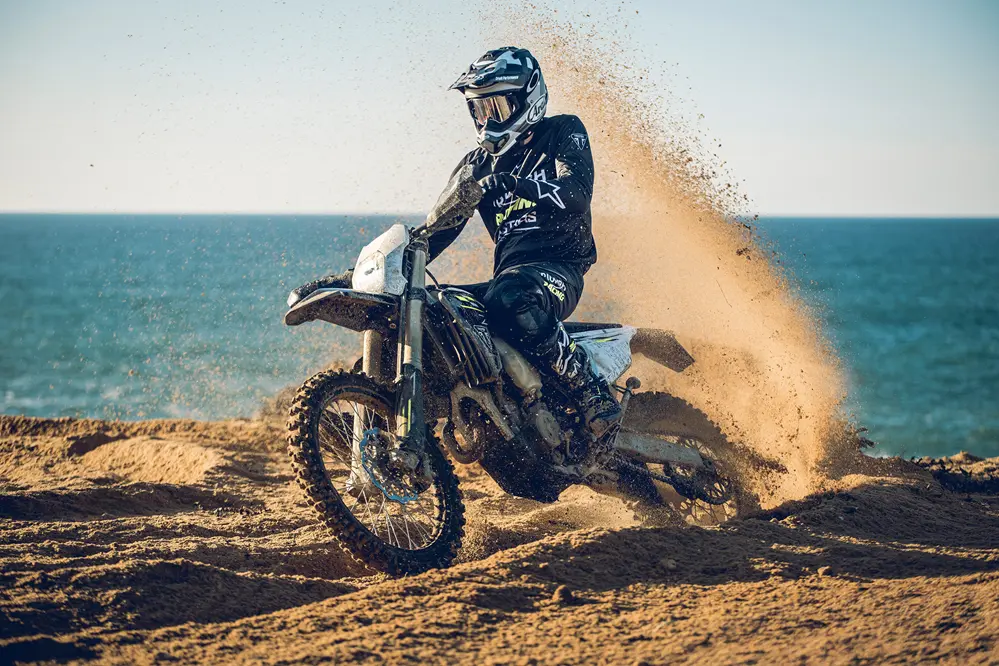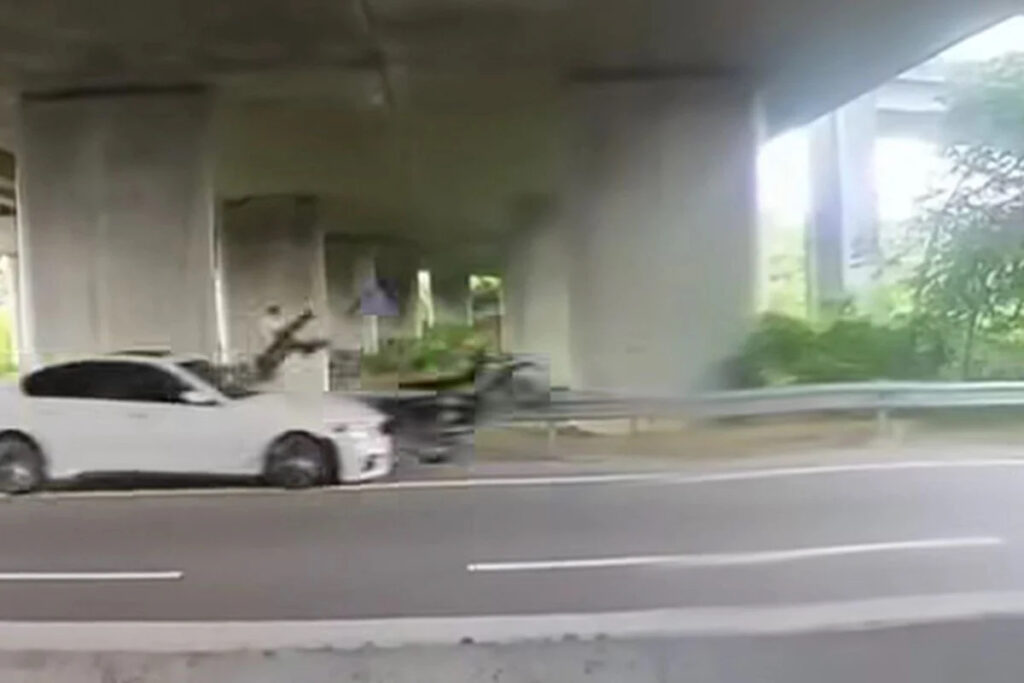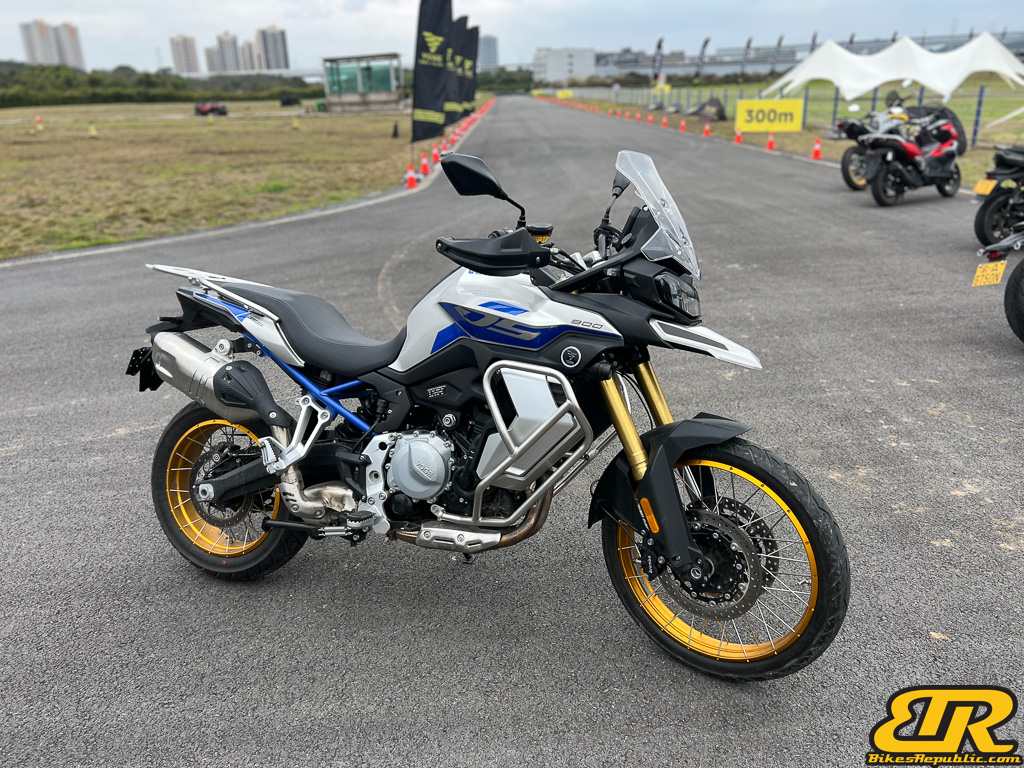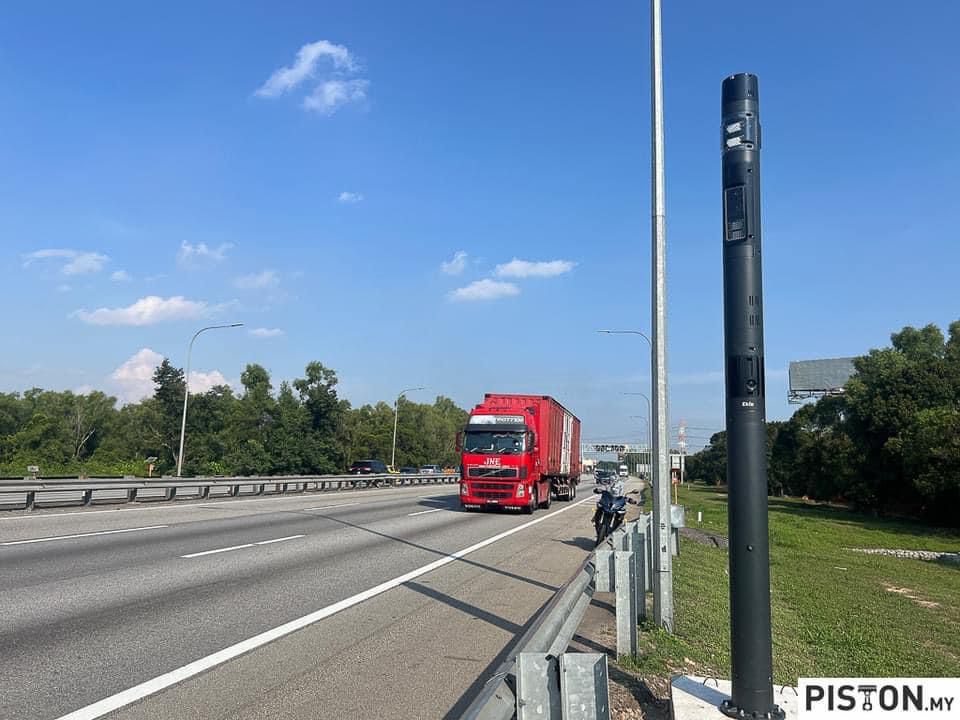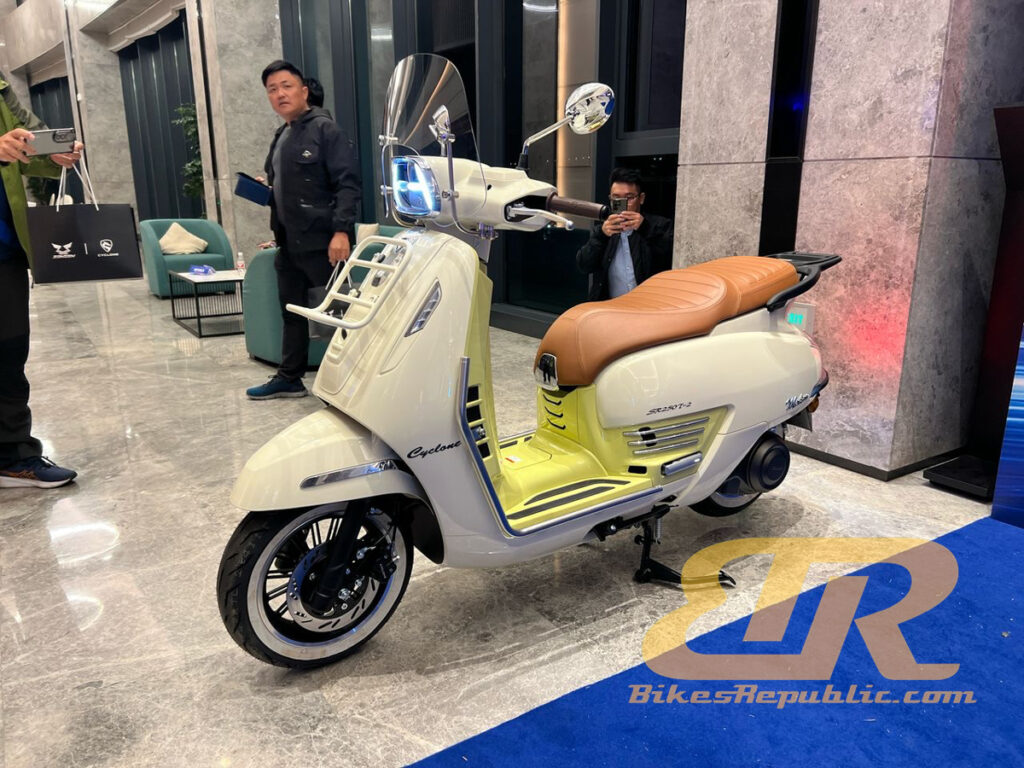The 2025 Honda NSS250 maxi scooter has arrived in Malaysia, with a net selling price of RM25,888.
Also known as the Forza 250 previously and in other markets, the bike offers more elegance and comfort, hence would be suited for urban riding and also long-distance touring.
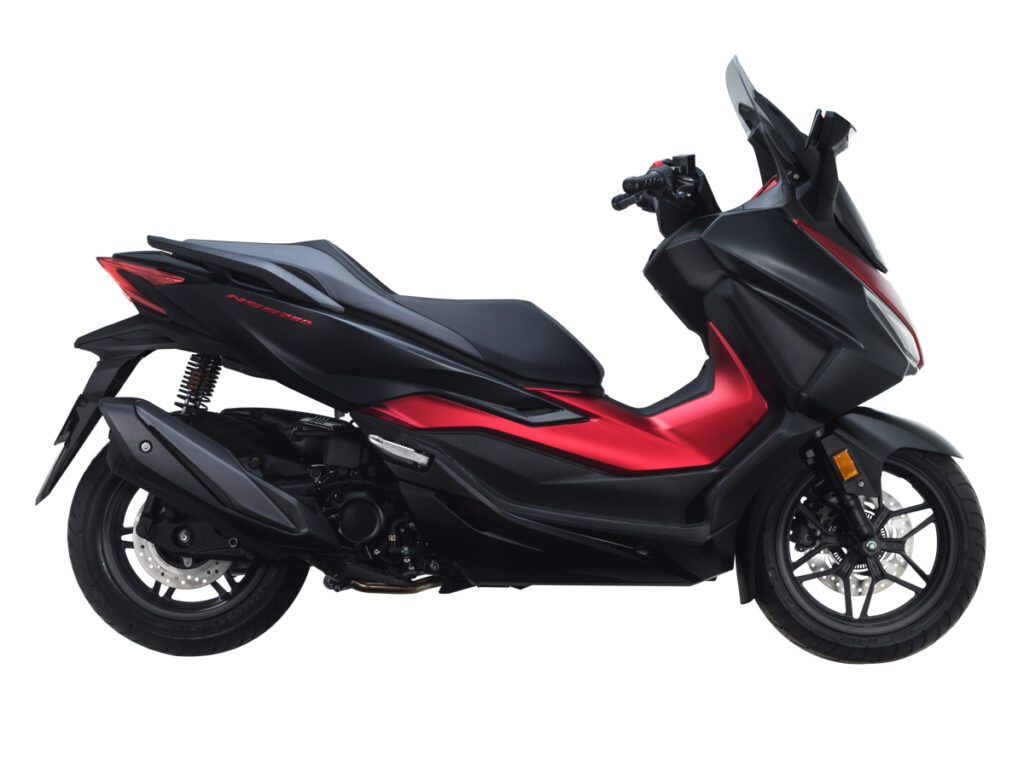
The 2025 model now has much higher spec’ed features, including a 5-inch TFT screen that can be connected to your smartphone via the Honda RoadSync app. Additionally, the switches are now backlit, and the windscreen is electrically adjustable.
From the Press Release
Boon Siew Honda Sdn. Bhd. proudly unveil the remarkable Honda NSS250, an exciting new addition set to captivate Malaysian riders.
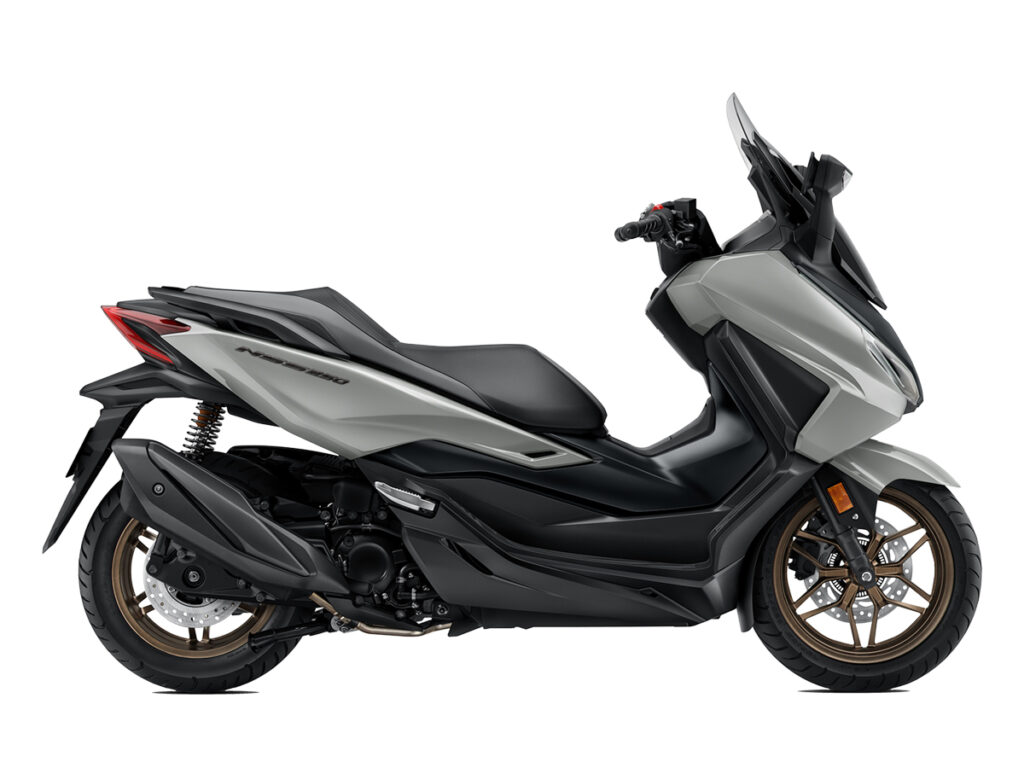
Powertrain
The 2025 Honda NSS250 blends advanced technology with premium design, offering enhanced convenience and performance for both commuters and touring riders. Powered by a 249.5cc eSP+ engine delivering 17kW at 7,750 rpm and 24Nm at 6,250 rpm, it ensures smooth acceleration, fuel efficiency, and reduced emissions.
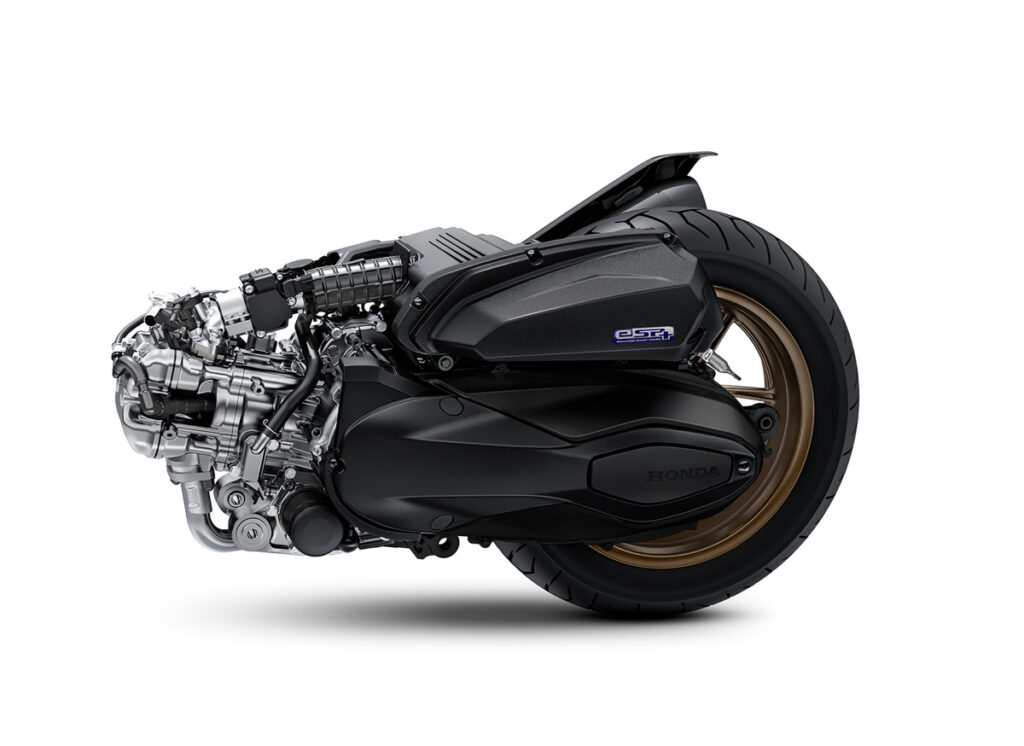
Highlights
The addition of a 5-inch TFT instrument panel seamlessly integrates an analog speedometer and rev counter, providing a modern and intuitive riding experience. Furthermore, with the inclusion of Honda RoadSync, riders can effortlessly access navigation, calls, and music via a Bluetooth-connected helmet headset, ensuring seamless connectivity and enhanced convenience on every journey.
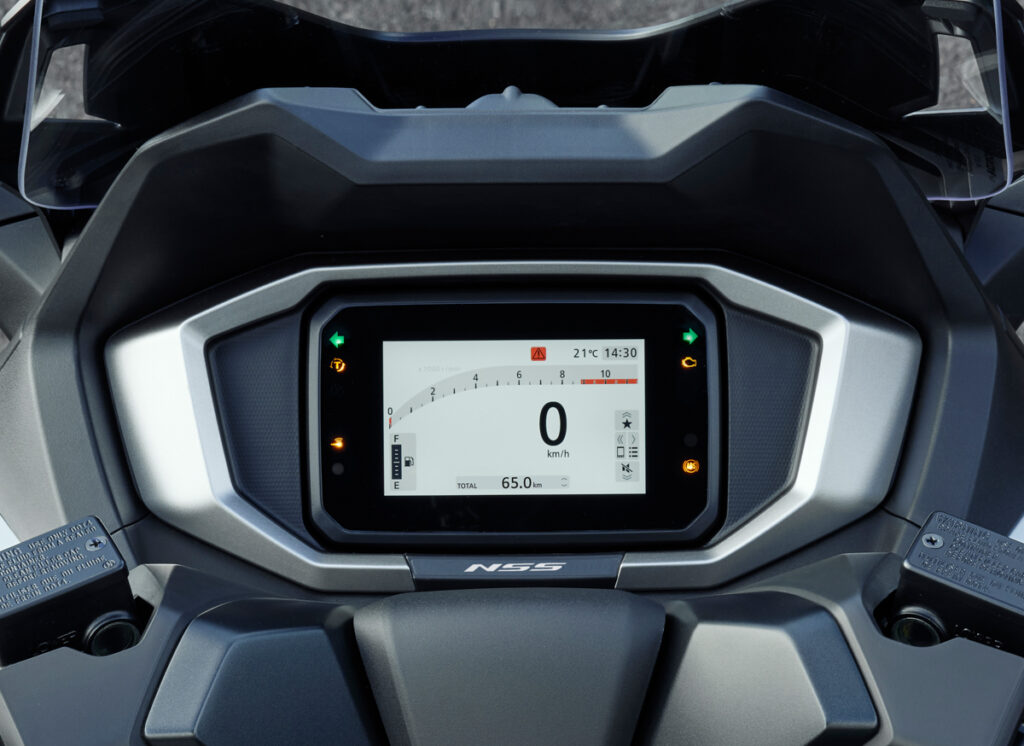
Building on its rider-centric innovations, the NSS250 features an electric windscreen for seamless wind protection and noise reduction. Additionally, a front air duct minimizes wind resistance, ensuring a smoother, more comfortable ride.
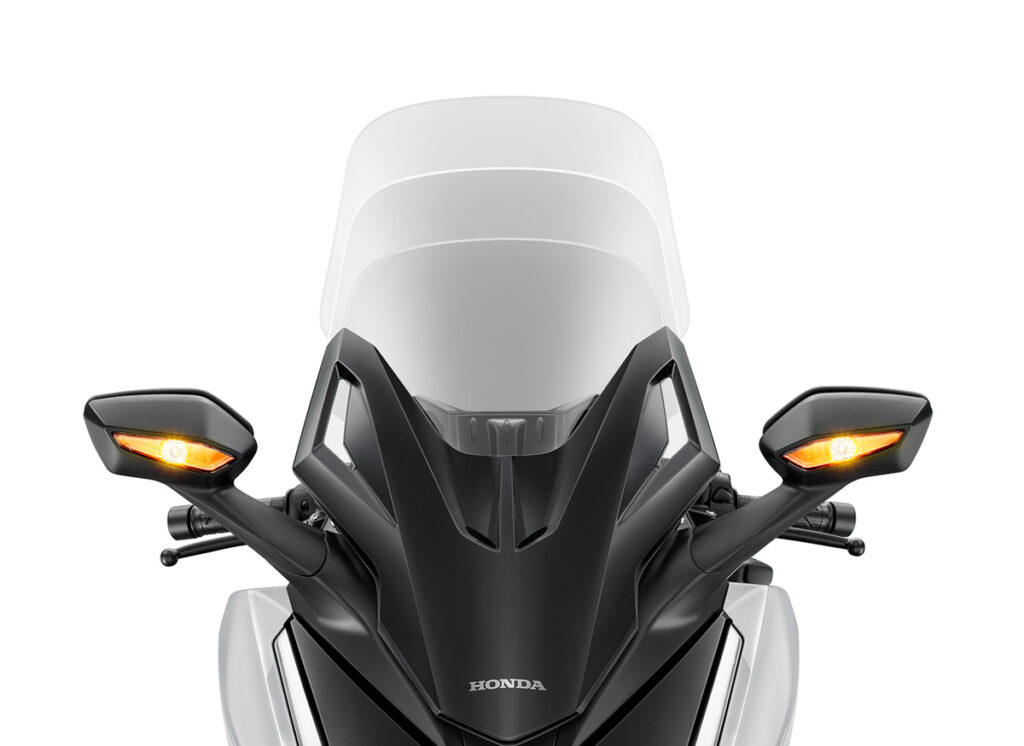
The LED lighting system further enhances visibility and road presence in various conditions.
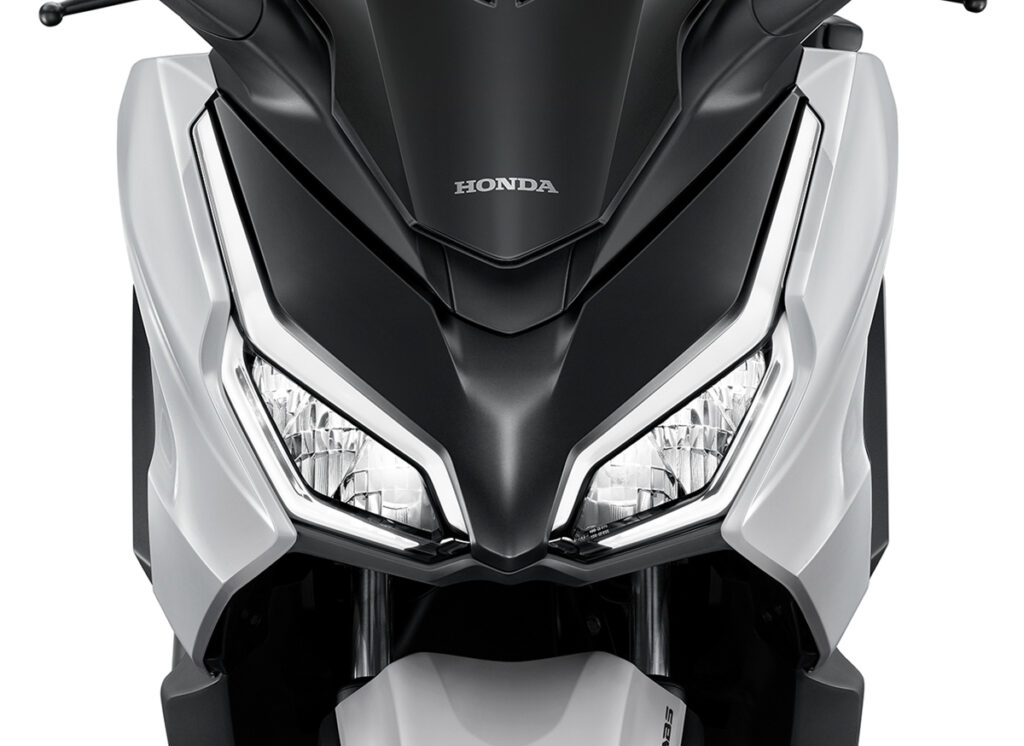
For added convenience and security, the advanced Smart Key system enables keyless ignition and easy under-seat storage access. Furthermore, an anti-theft mechanism prevents unauthorised use, while the answer-back switch activates turn signals for easy scooter location in crowded areas.
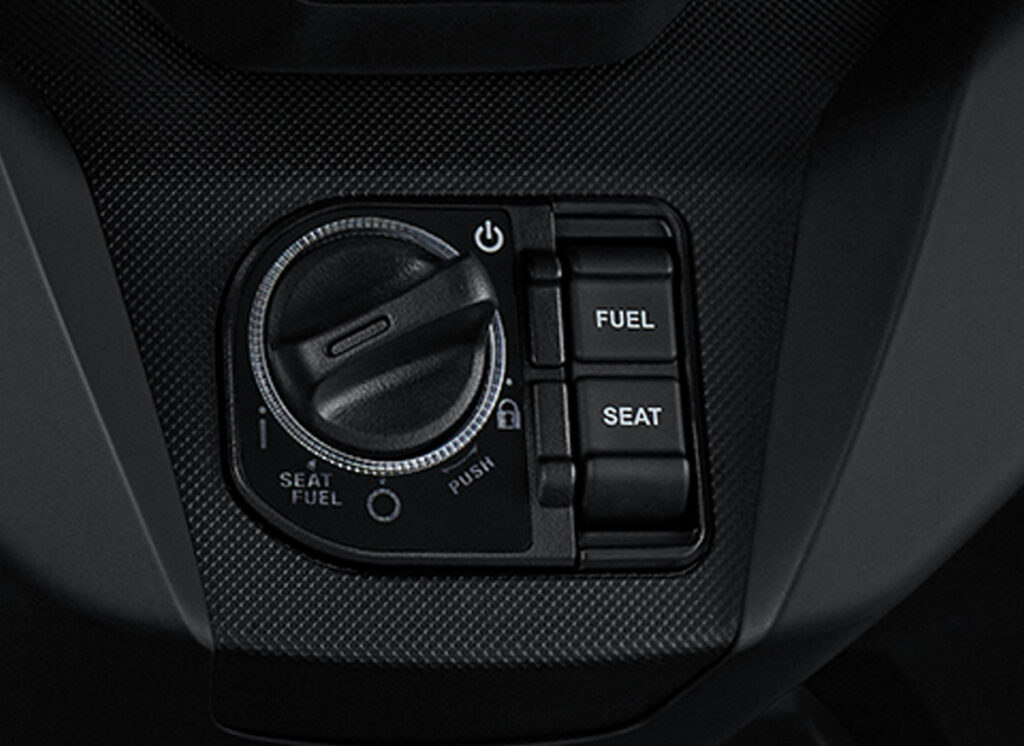
Practicality is another key feature, offering spacious under-seat storage that can be partitioned for helmets, rain gear, or A4-sized bags. Additionally, a lockable front fairing pocket provides extra storage and houses a USB-C charging port for on-the-go convenience.
Electronic rider aid
Performance-wise, Honda Selectable Torque Control (HSTC) improves stability on challenging surfaces by adjusting torque for optimal traction. Riders can activate or deactivate the system via a handlebar switch, with a digital display providing real-time updates.
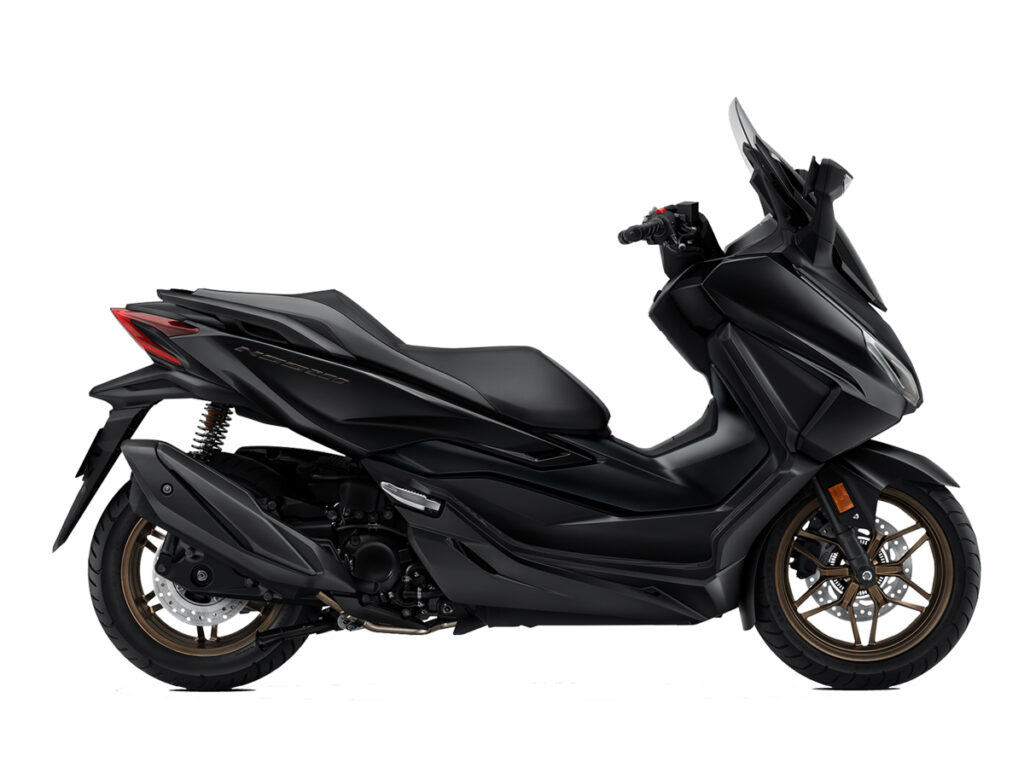
Emergency Stop Signal (ESS) technology, which automatically flashes rear indicators during sudden braking to alert other road users, enhancing rider confidence in emergencies.
Design
Visually, the NSS250 features a sharp, modern design with a layered upper fairing, aerodynamic lines, and a sculpted front end. Moreover, its engineering prioritizes confident handling, incorporating a robust tubular steel frame, 33mm telescopic forks, twin rear shock absorbers, and a 15/14-inch front/rear wheel combination for enhanced agility, especially in urban traffic.

Colours and price
With its exceptional blend of style, performance, and cutting-edge features, the 2025 Honda NSS250 is designed to elevate the riding experience for both urban commuters and touring enthusiasts alike. Now available in a striking range of colors, including the existing Pearl Smoky Gray, Matte Gun Powder Black Metallic, and Candy Rosy Red, along with the newly introduced Pearl Jubilee White, and Pearl Shining Black.
Net selling price for the 2025 Honda NSS250 is RM25,888 (not including road tax, insurance and registration).
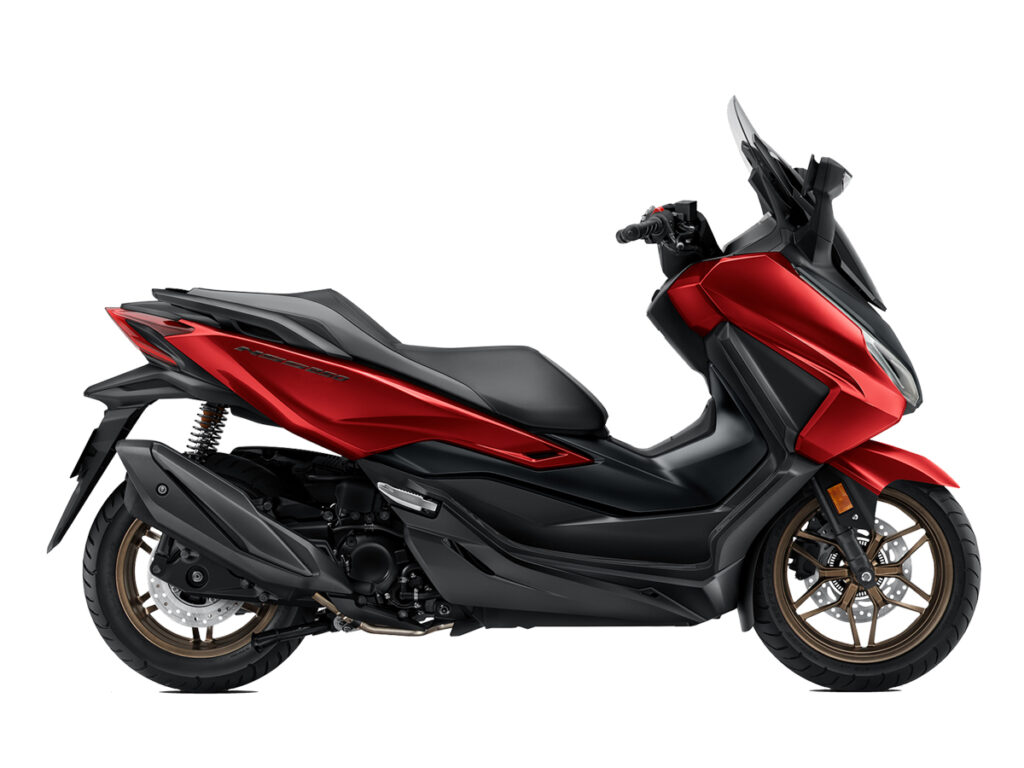
For more information, please click https://boonsiewhonda.com.my/product/nss250/ or https://hondabigbike.com.my/model/nss250/ and visit the nearest Honda Impian X or Honda Big Wing near you. Customers may also reach BSH via our toll-free number at 1-800-88-3993 to speak to their customer relations representative.
